4 Types of Social Updates That Can Go Viral
ADRIENNE WOLTER | 26 AUG 2015
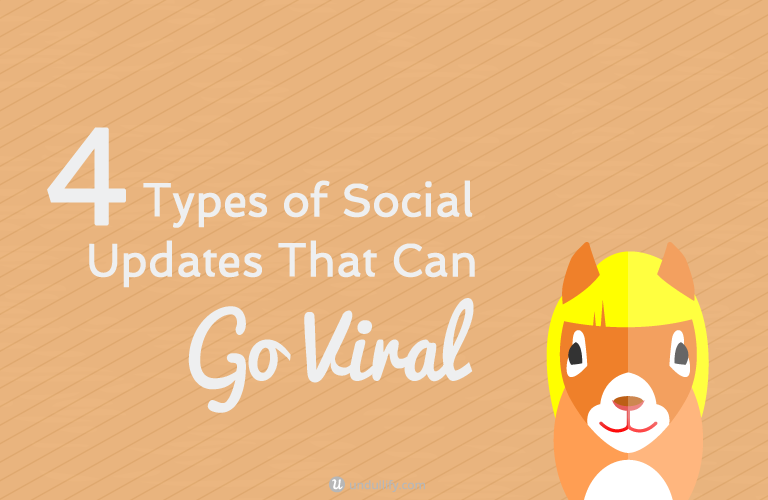
Every so often, something is published online, the stars align, and it becomes a global phenomenon.
Take #TheDress.
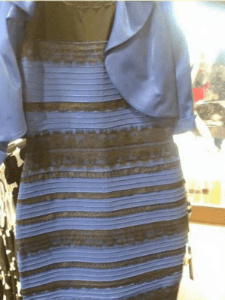
White and gold? Or blue and black?
White and gold or blue and black? Millions of people chimed in on Twitter in late February to share their opinion on the colors in the overexposed photograph, and BuzzFeed sicced a whole team of journalists on the trend when they realized what a stir it was causing on the internet. My office, normally completely silent, stopped working for almost ten minutes to argue over the colors. It was intense.
Okay, how do you do that?
Easy, just make the stars align!
Okay, so there is no recipe for going viral. I don’t mean to let you down, but this article isn’t going to give you a step-by-step formula for getting your content seen by millions.
What it is going to do, however, is (hopefully) help make it more likely!
Going Viral: The Basics
If you want your social updates to be seen, you have to follow a few rules.
Yes, there is viral content that breaks these rules all the time! That’s not the point. The point is, these things make going viral that much more likely to happen, and they’re just plain good practices.
Timing is Everything
If you want people to see your content, you have to post when they’re going to see it!
Many studies have been done to try and determine the “best” times to post on every network from Facebook to Pinterest. Here’s an infographic about it that was published by Fast Company. Here’s one about the best time to post on Reddit.
Take advantage of this data, but also take it with a grain of salt. Nobody has tested the best time to post to your particular audience (well, unless you have!) so I recommend testing the “peak” times suggested by the research as well as other times, and using tools like Facebook Insights and Pinterest Analytics to see what time your audience responds best to.
Since Reddit works a little differently, you can use a tool called Later for Reddit to analyze the best posting times on your chosen subreddit.
Don’t Forget the CTA
You need a call to action. Without it, your followers might see your update, say “huh, that’s cool,” and scroll on.
Facebook’s news feed algorithm is very stingy with low-engagement posts, only showing them to a tiny percentage of your entire audience. However, if people engage by clicking, liking, commenting, or sharing, Facebook sees that your content speaks to people, so they show it to a broader audience.
Since more engagement means more eyeballs on your post, give them something to do. Ask a question. Get people arguing in the comments. Encourage people to tag their friends.
Make your content cool enough that they just have to share it with their friends and family.
Just don’t resort to low-quality tactics like this. Facebook has been working on ways to weed out this junk for a long time now.
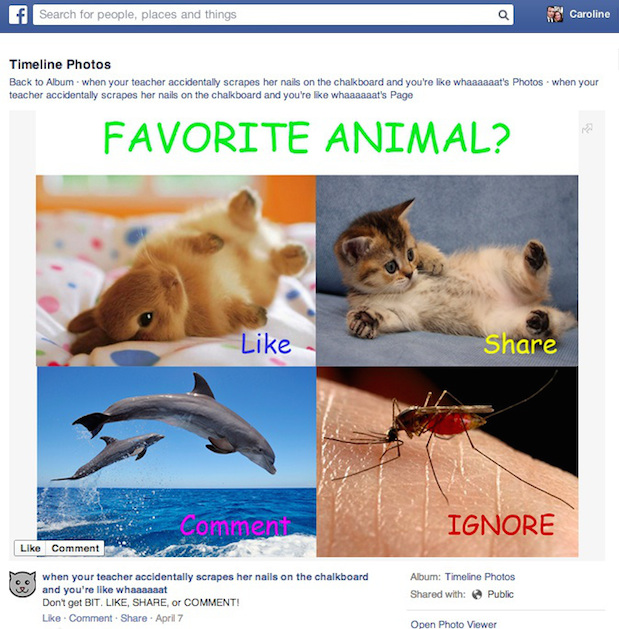
Keep Things Short
You may have noticed that people on the internet don’t like to read. Indulge them by keeping things short.
FastCompany has another great guide to the perfect length for different types of updates. The ideal tweet is just 100 characters. Believe it or not, the ideal Facebook update is even shorter, at just 80 characters.
Alright, now that we’ve covered the basics, let’s talk about the four types of social updates that can go viral.
1. Videos
In late 2013, Facebook began experimenting with autoplay videos. The experiment worked – while people used to largely ignore videos in the news feed, which they had to click in order to start loading, now video views were through the roof.
In early 2014, the ALS Ice Bucket Challenge came thundering into public awareness, a phenomenon driven largely by Facebook’s new autoplay videos. Everybody who was anybody was scrambling to post the craziest Ice Bucket Challenge stunt out there.

In April of this year, Facebook reached 4 billion video views per day, matching the last stats published by YouTube. Not only are videos being viewed, but they are actually quickly surpassing all other kinds of Facebook updates. According to a study by Simply Measured, video posts receive over two times the engagement of an average post.
To make videos work for you, you need to upload your video directly to Facebook, as videos from YouTube and other services do not autoplay. Facebook videos play without sound until they are clicked, so make sure that the first few seconds of your video are intriguing and eye catching, even without sound.
2. Contests
Everybody loves free stuff. Contests are a tried and true method of exciting and building an audience, no matter the platform.
“Pin It to Win It” contests are a format that is incredibly popular with both brands and users on Pinterest. The format for the contest is simple: usually, it involves following the brand and repinning a specific one of their products. Because it is so easy to enter, people enter these contests in droves, racking up thousands and thousands of pins. These pins are in turn seen by their followers, who may be enticed to enter.
If you are planning to run a contest, be sure to keep in mind that every social network has rules and regulations regarding what you can and can’t do in a contest. Failing to follow these rules can sometimes result in the suspension of your account, so you should definitely follow them.
- Facebook contest rules
- Twitter contest rules
- Pinterest contest rules
- Instagram contest rules
- Tumblr contest rules
- Google+ contest rules
Where possible, your best bet for reaching the broadest possible audience is incentivizing users to share your contest with their own followers. Always suggest that users follow your brand on the network.
3. Images
Images have long been heralded for their high engagement rates on Facebook. According to eMarketer data from March 2014, photo posts drove 87% of all shares from Facebook pages. Wow!
Though the list is several years old now, Business Insider published a list of the 17 most viral Facebook photos in history. Some are based in nostalgia, like an image of a brown paper bag bound book with the caption, “Who remembers having to do this to their school books?” Some are serene photos of faraway vacations. One is a tearjerker involving a moment of kindness between an old lady and a taxi driver. Several are photographs posted by Barack Obama (or, most likely, his staff). All have over a million likes and thousands, sometimes hundreds of thousands, of shares and comments.
The connecting thread?
They are interesting. They give people something to talk about.
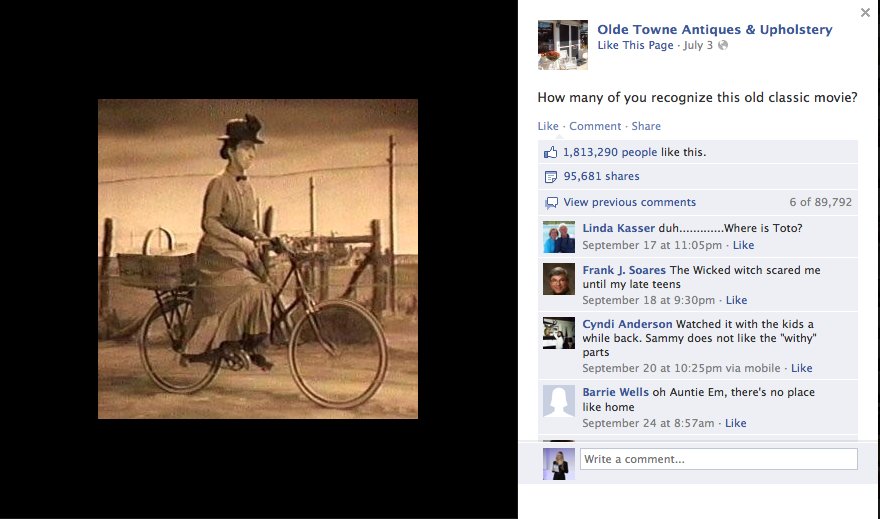
When you are posting images, think about if what you are posting is going to be eye-catching and inspire engagement.
Can you ask a question? Issue a challenge?
Consider creating images to post instead of just a plain text post. You can put the text you would have had in your update directly onto the image, or just include something related and eye-catching to share alongside your text.
This piece by Socially Sorted has a lot of great ideas for creating the kinds of images that inspire engagement on Facebook.
4. Links (That Create a Curiosity Gap)
On their own, Facebook somewhat devalues links as a type of update. They tend to get less engagement that photos or videos, possibly because Facebook wants to keep their traffic on Facebook, instead of sending them elsewhere. Despite being 10% of what Facebook pages post, links only receive 4% of the shares.
Know what kinds of links do get shares? (And shares, and shares, and shares?)
Links that create a curiosity gap.
A curiosity gap occurs when something gives just enough away to get you hooked. In less polite terms, it’s clickbait. Something that makes you so insanely curious, you just have to follow the link to see what it is.
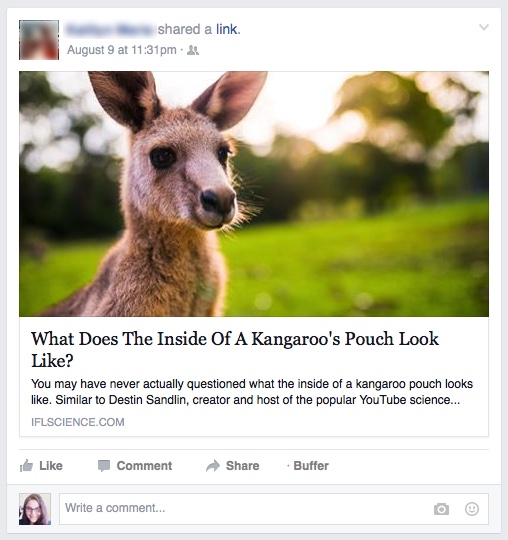
(Ahem. Here you go. I’ll wait here.)
I have never given the inside of a kangaroo’s pouch any passing thought. Not once in my life. But when I saw that post shared on my news feed, you better believe I clicked it.
Upworthy is famous for creating these kinds of headlines. Viral news sites thrive on getting you to click these things (and then click through 50 images, placed one per page). And you, too, can leverage the curiosity gap for your own content.
If you’re going to give this a try, spend a lot of time crafting the perfect headline; Upworthy writers have to create 25 headlines per story, the best of which are split test against one another. You also want to have your Open Graph settings down pat, so that sharing the link pulls up a great image.
Finally, make sure your site is mobile-friendly – as far back as February 2014, over half of traffic from Facebook was from mobile devices, and you can bet that percentage has only continued to grow.
Wrapping Up
This post certainly isn’t a recipe for going viral, but if you do go viral, you’re probably doing many of these things.
As a reminder, here are the takeaways from the viral types of social updates listed above:
Videos
- Upload the video directly to Facebook.
- Make the first few seconds eye-catching and intriguing, even without sound.
Contests
- Always follow the rules.
- Try to get users to follow you, and to share your contest with their followers.
Images
- Get people engaging with a strong CTA. Ask a question or issue a challenge.
- Choose image posts over plain text posts.
Links
- Spend some time crafting a good headline.
- Set up Open Graph to pull a good default image for your link.
- Make sure your site is mobile-friendly.
Know about a viral strategy that isn’t on here? Let us know about it in the comments!

